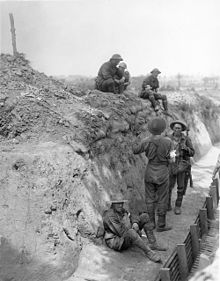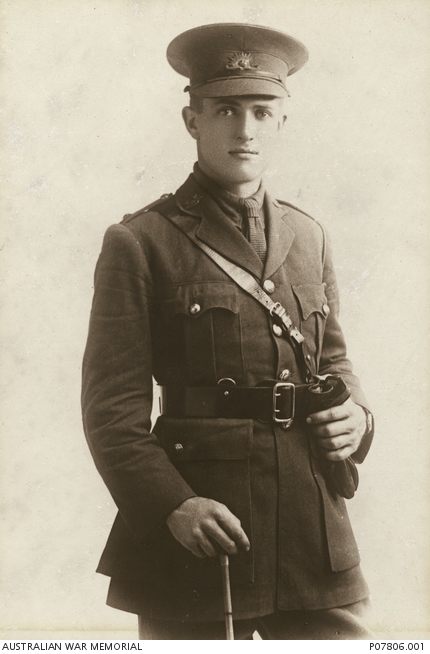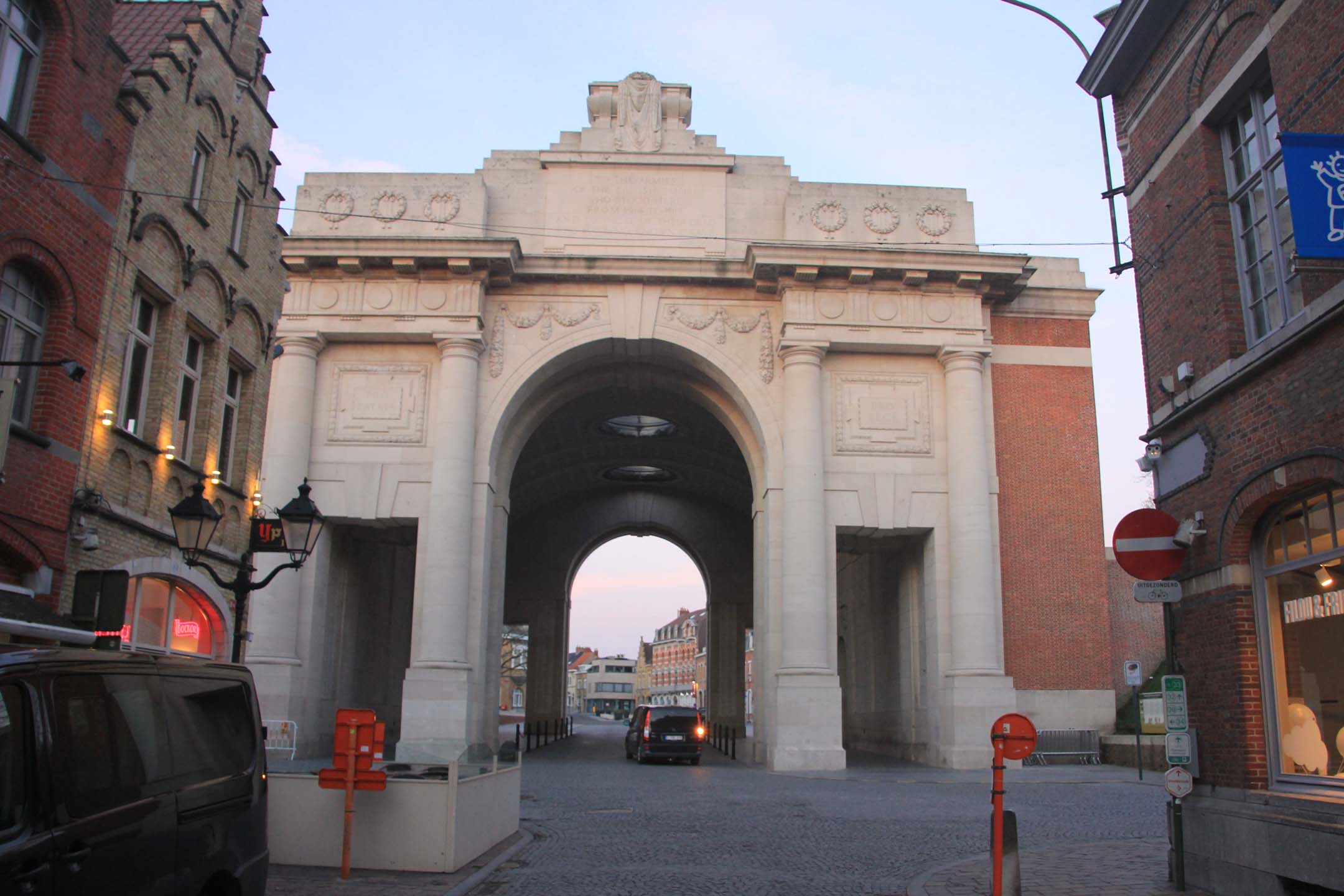The story of Charles Robert Windeyer and his service in the Great War is interesting and more complex than most other individual service careers. Known by family and friends as “Charlie” he was born in Sydney to Richard and Mabel Fuller Windeyer, a prominent family in Sydney’s legal circles. Richard was a K.C. (King’s Counsel, a senior barrister) in the city. His mother was able to maintain a home in London and spent several years there during and after the Great War. Charlie came to Toowoomba, aged 18, to be a school teacher at Toowoomba Grammar, working in the junior section. That part of the School is now named the Toowoomba Grammar Junior School.
Upon the declaration of war, Charlie presented himself in Toowoomba for a medical with Major Alex Horn, the AAMC officer based in Toowoomba (the medical exam is undated). Charlie then travelled home to Sydney to confer with his father as he still needed parental permission to serve overseas as a soldier under 19 years of age; he was 18 and 9 months. Therefore, his AIF induction was completed when he took the oath in Sydney on 24 September 1914; he was subsequently posted to the 6th Light Horse Regiment (C Squadron). A second medical in Sydney recorded him as being 5’8” tall, 135 pounds, with a fair complexion, blue eyes, brown hair and he was of the Church of England religion. Charlie sailed from Sydney aboard A29 Suevic on 21 December 1914.
In the Middle East Charlie’s health suffered seriously. The 6th LHR trained at Maadi until May 1915 when it was prepared for deployment to Gallipoli to reinforce the infantry. The regiment left Egypt on 16 May and landed at Gallipoli under shrapnel three days later. Charlie did not reach the Peninsula until 13 July with a reinforcement of 57 men. His indifferent health soon deteriorated in the oppressive, unsanitary conditions of summer at Gallipoli. Within a month he was effectively disabled by diarrhoea and anaemia. He was evacuated to Egypt where a medical board decided to return him to Australia for complete rest and recovery.
No doubt the month he enjoyed at home with his father was a time to cherish in the family memory for the remainder of their lives. But, Charlie was no malingerer and as soon as he was fit again, he returned to the army. He was now posted to his first Queensland unit, perhaps acknowledging his point of initial enlistment, or, perhaps at his own request. Charlie sailed from Sydney for the second time as a member of the 2nd LHR on 3 February 1916 aboard A62 Wandilla. The 2nd LHR was the first light horse unit raised in Queensland and had served from May to December at Gallipoli.
In Egypt once again, Charlie soon found that the ranks of light horsemen were full, and like hundreds of reinforcements he was transferred to the infantry. He now joined the 49th Battalion, another Queensland unit, as an NCO. From late November 1916 until April 1917 Charlie was serving with his battalion on the Western Front. He managed to avoid injuries and was promoted to sergeant, just 20 years old. By a stroke of good fortune, Charlie was selected to go to England where he was inducted into an officer cadet battalion at Oxford University in April 1917. But this good fortune was double-edged: he would be away during one of the costliest battles for the 49th Battalion, the Battle of Bullecourt, but he would return to the front in the most dangerous role – that of a junior infantry officer.
Charlie graduated from No. 5 Officer Cadet Battalion (Oxford) as a 2/Lieutenant on 4 August 1917. He spent a brief time on the supernumerary list before returning to the 49th in Belgium. Is it possible that his re-posting to the 49th was partly influenced by the fact that a TGS old boy, Major Charles Fortescue, was acting CO of the battalion? Whatever the case, fate soon intervened.
The battalion was involved in the terrible campaign we remember as the Battle of Passchendaele. Casualties in the AIF were equal to the highest of any battle of the war. History records that the life-expectancy of a junior infantry officer on the Western Front in 1917 was six weeks, Charlie lived about 50 days from his return to the bTo
Toowoomba Grammar School Records state that he was at the school from 1 February to 1 March 1916 as a staff member.
External Links:
National Archives of Australia Military Records
Australian Red Cross Society Wounded and Missing
AWM4 AIF unit war diaries 23/66/17 49th BN OCT 1917
Australian War Memorial Honour Roll

Windeyer C.R. on Ypres Memorial

49th Battalion in the trenches

5th Division Memorial at Polygen Wood taken by Ann Hallam

Front Lines of the Ypres Salient




